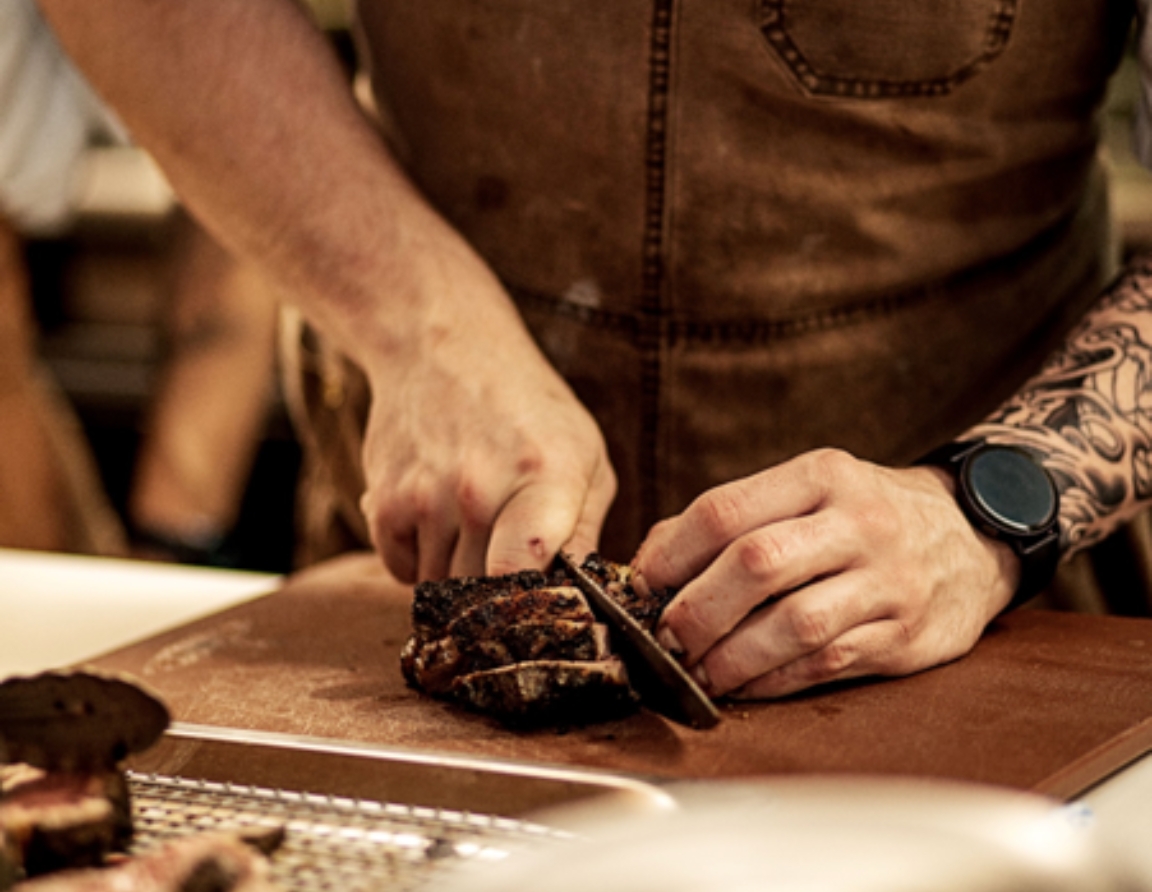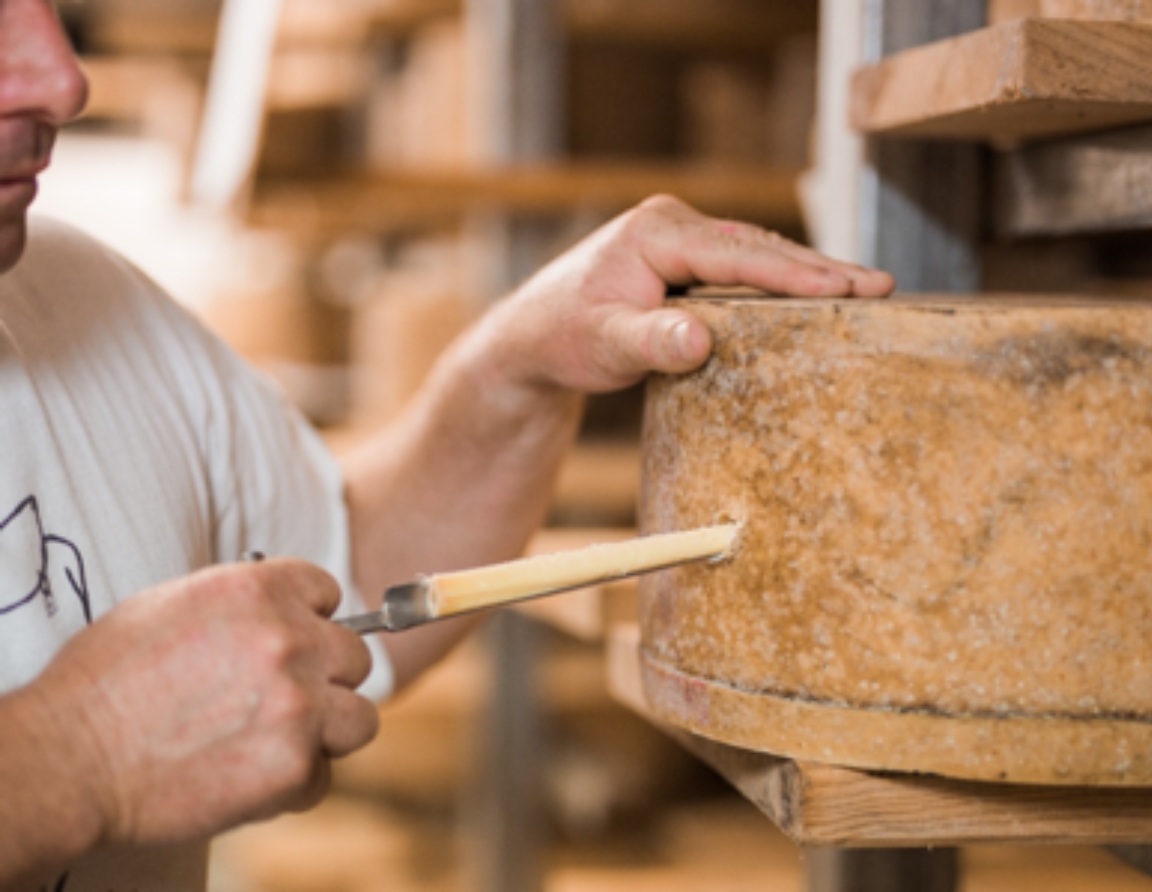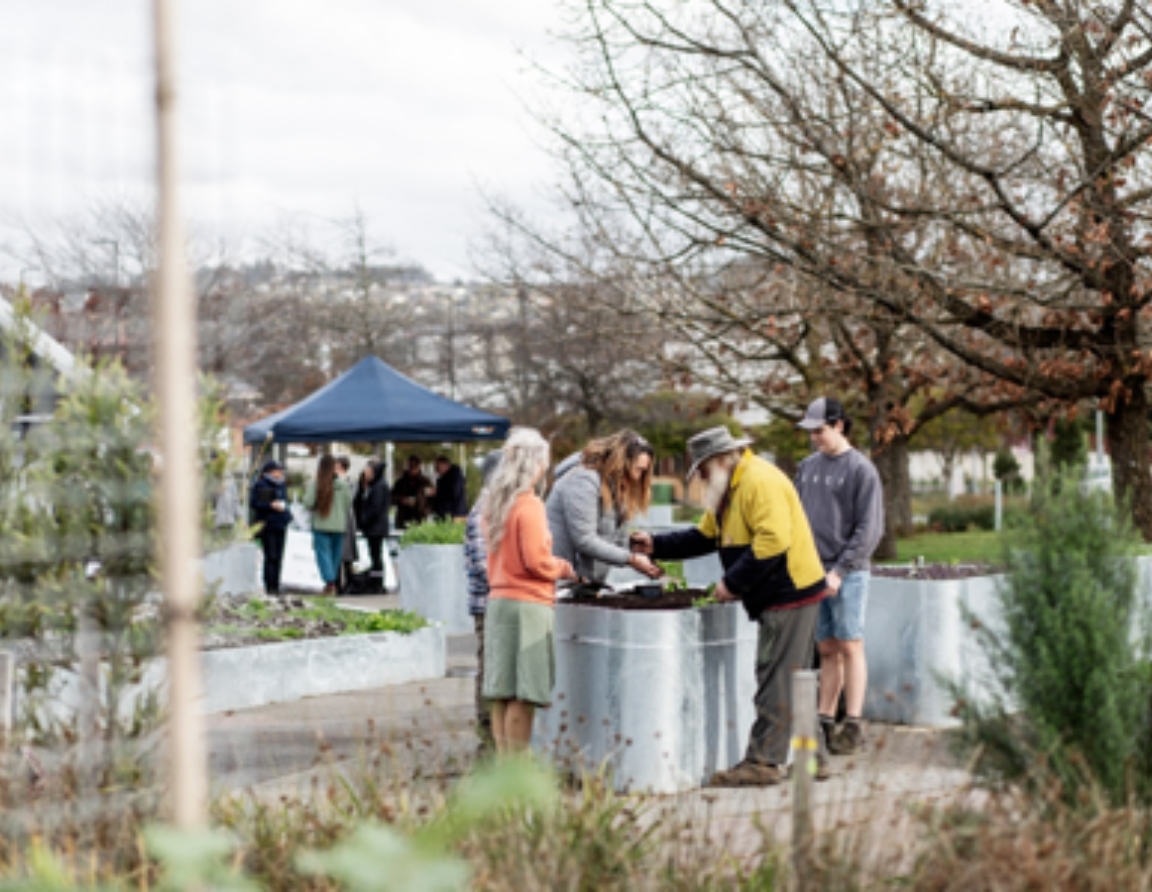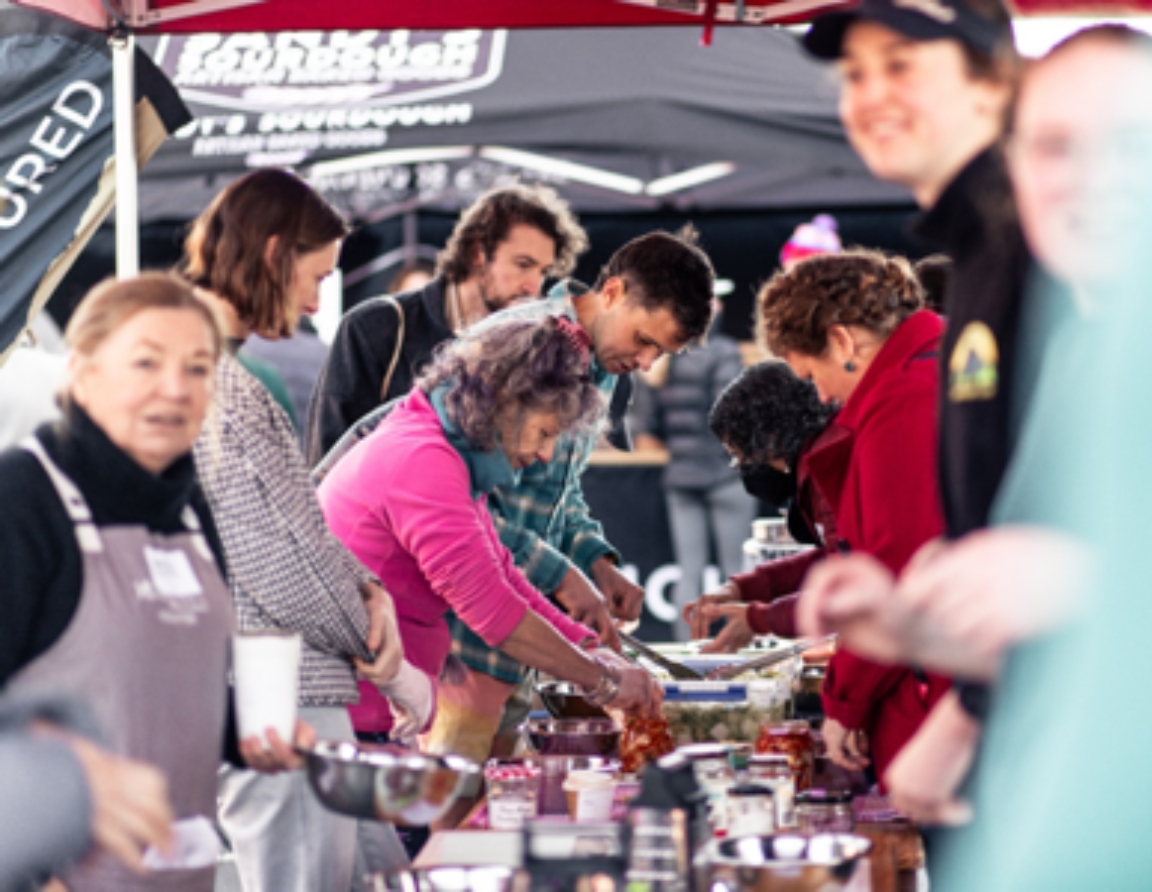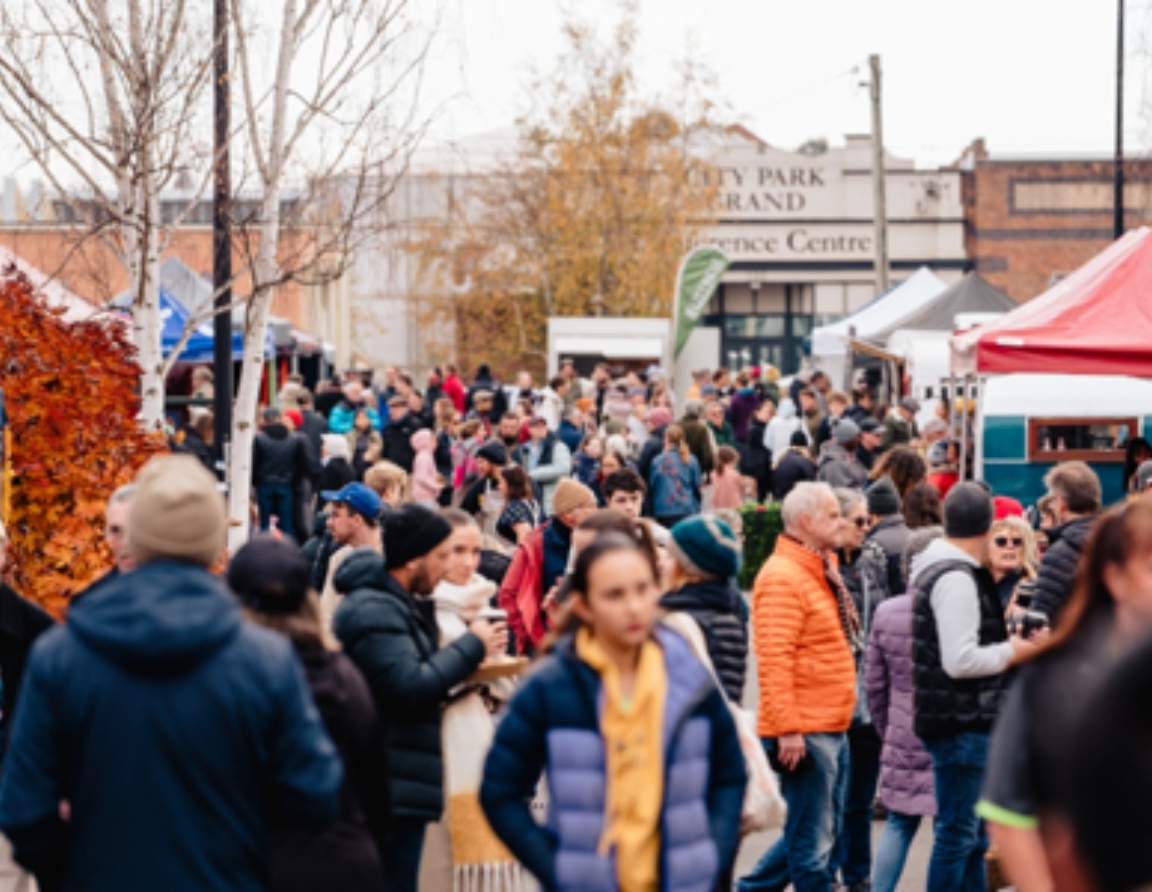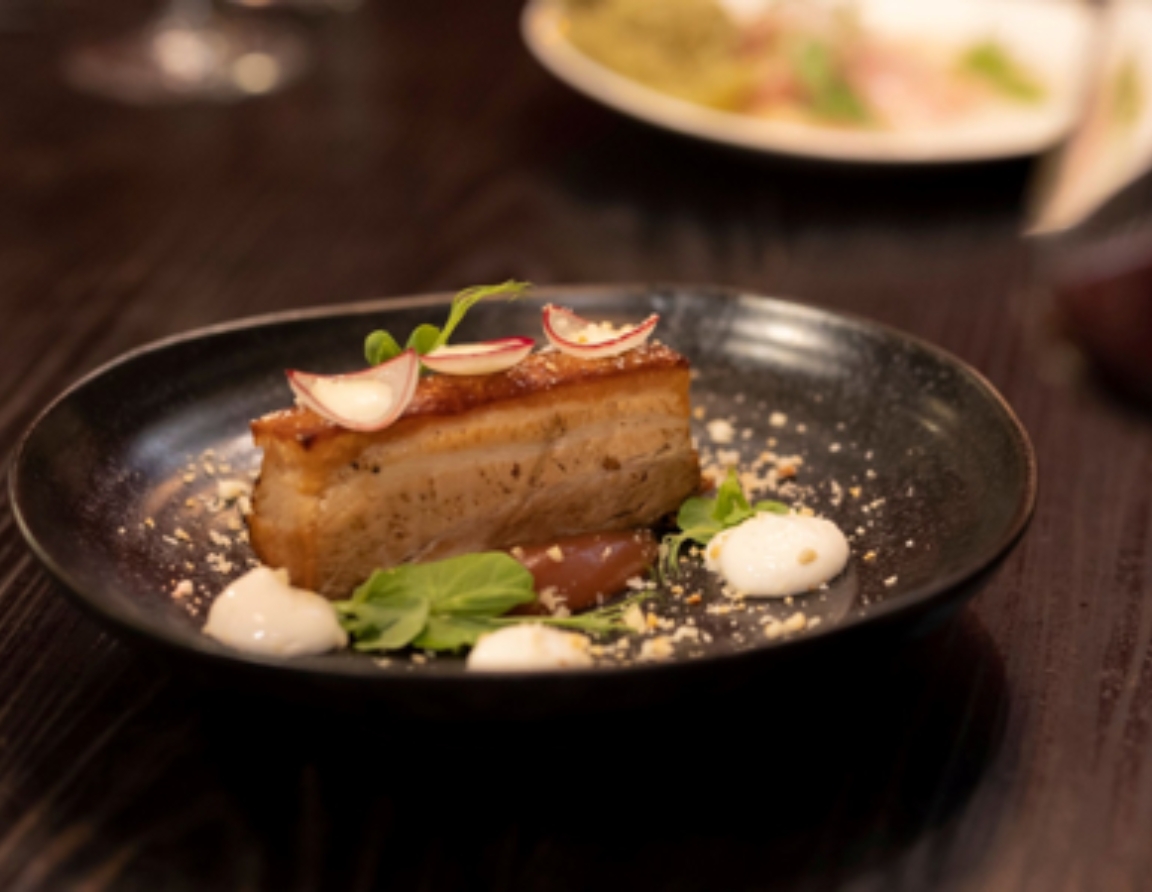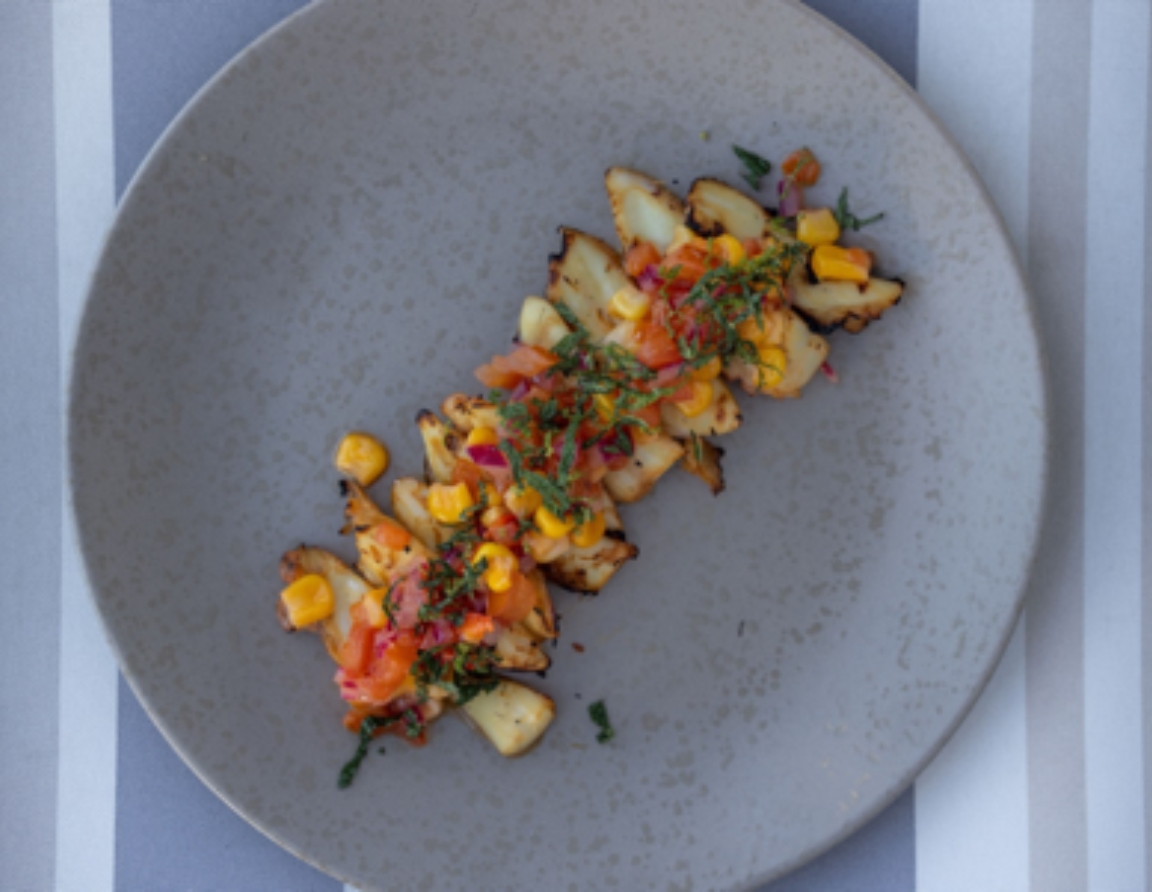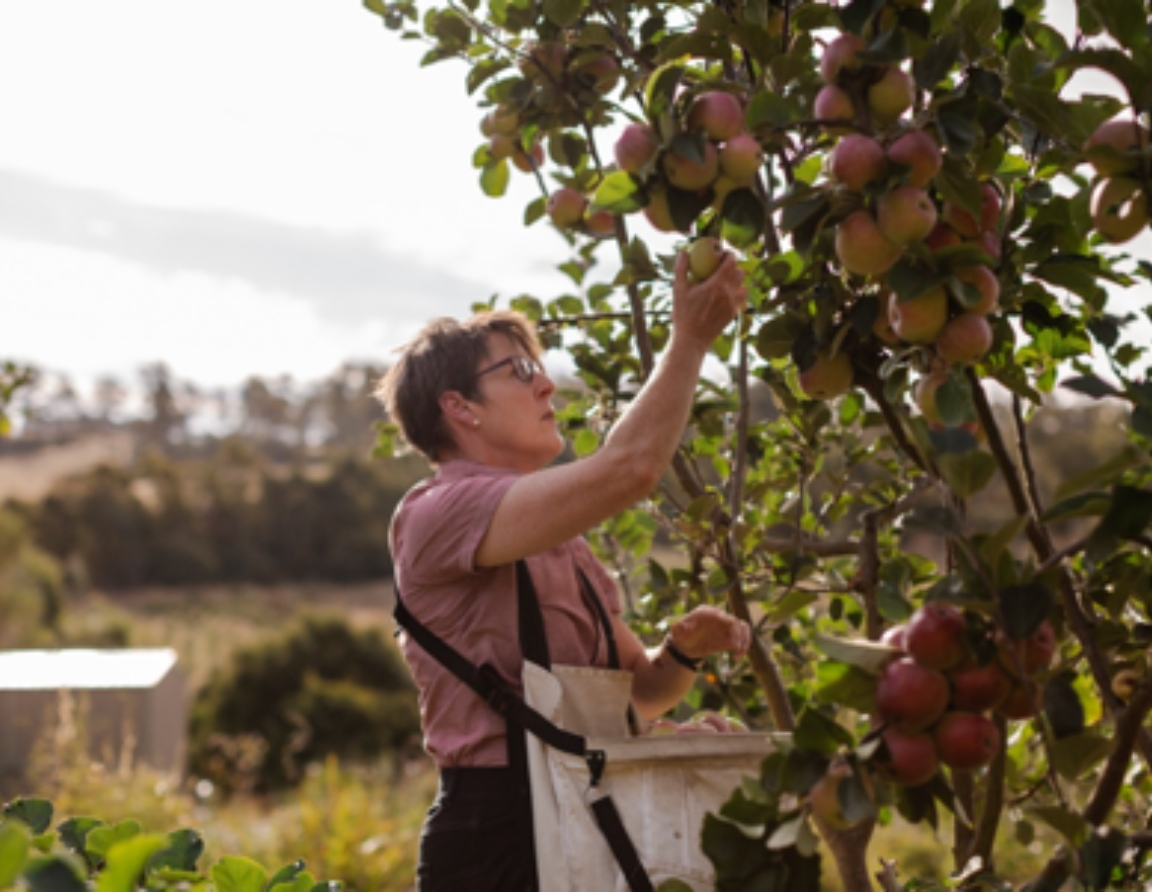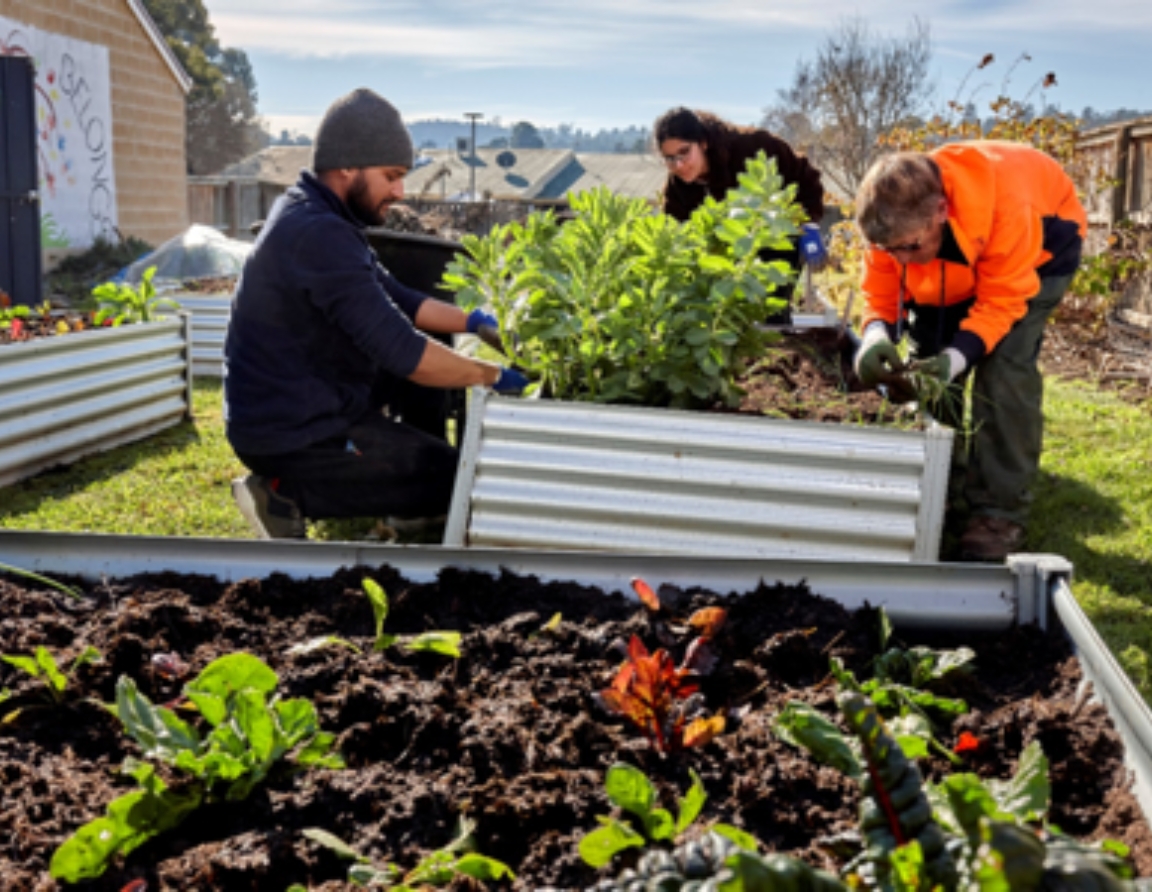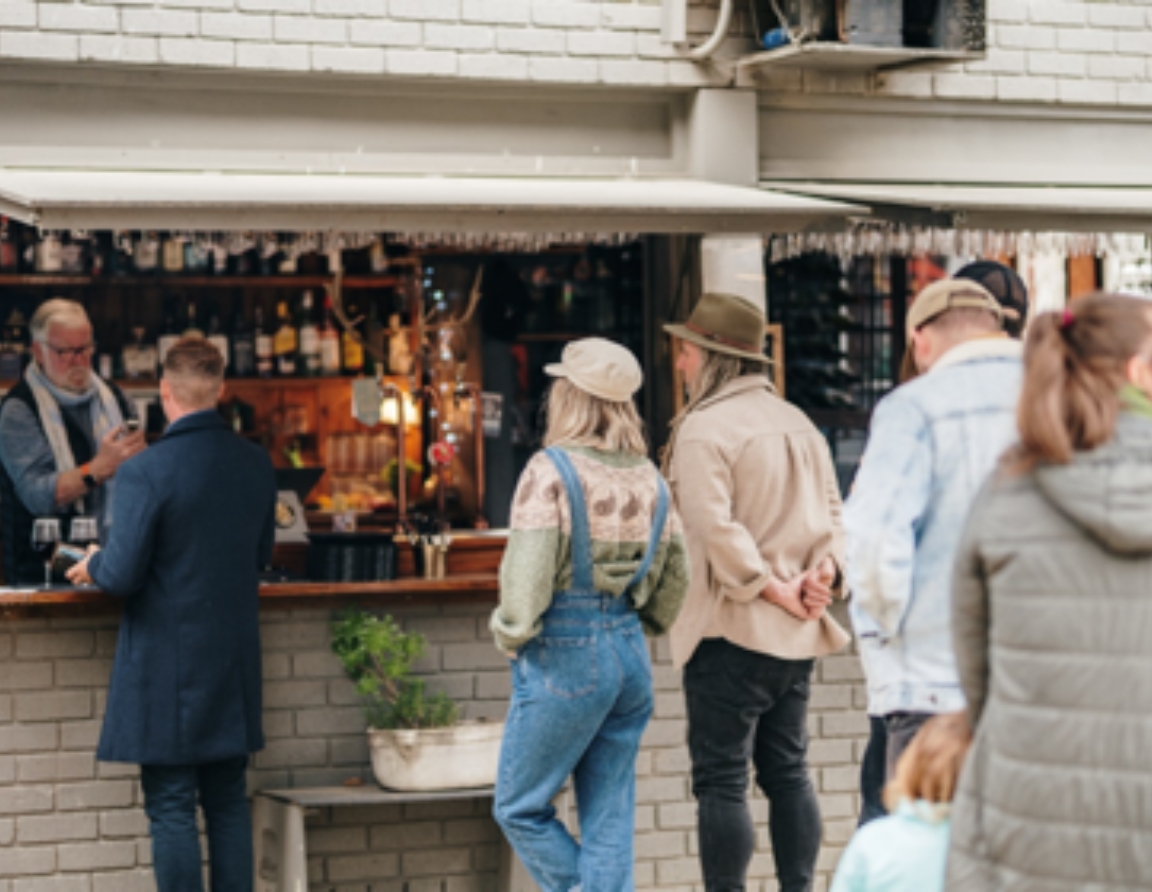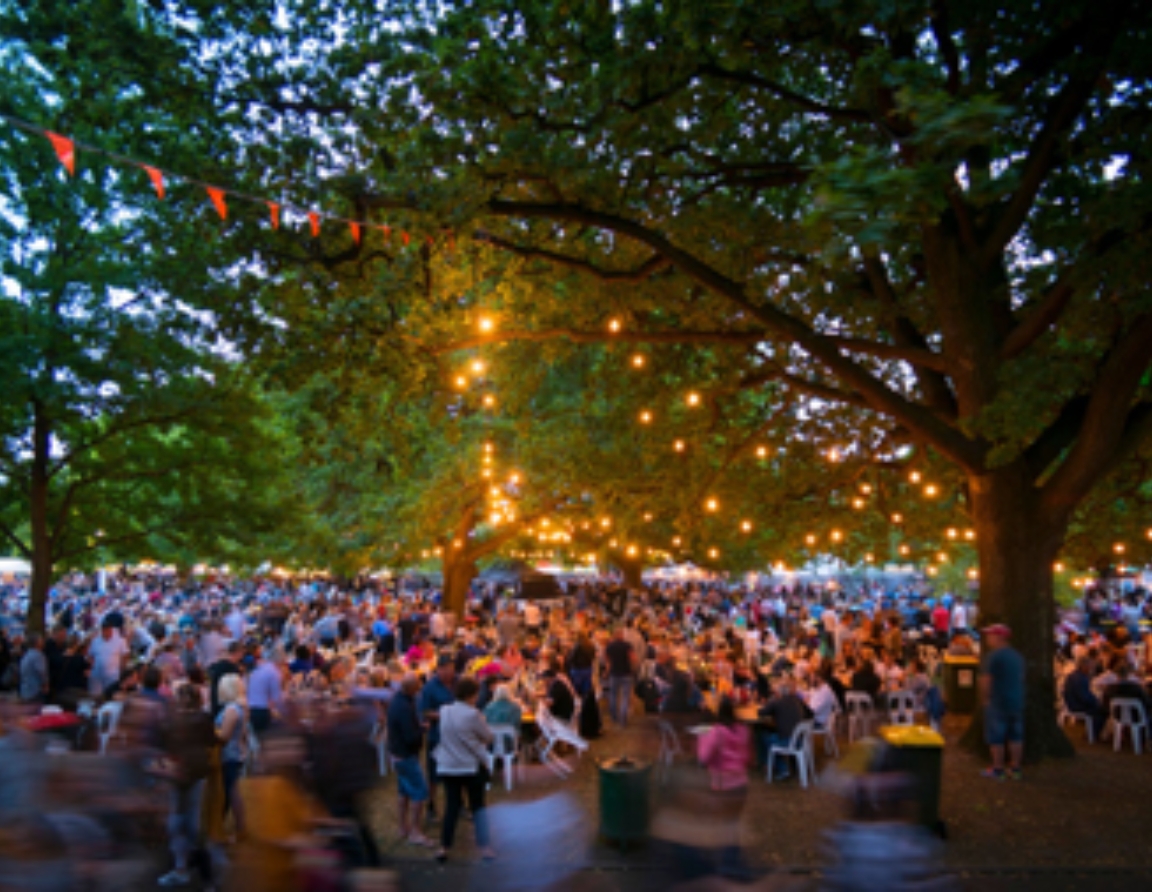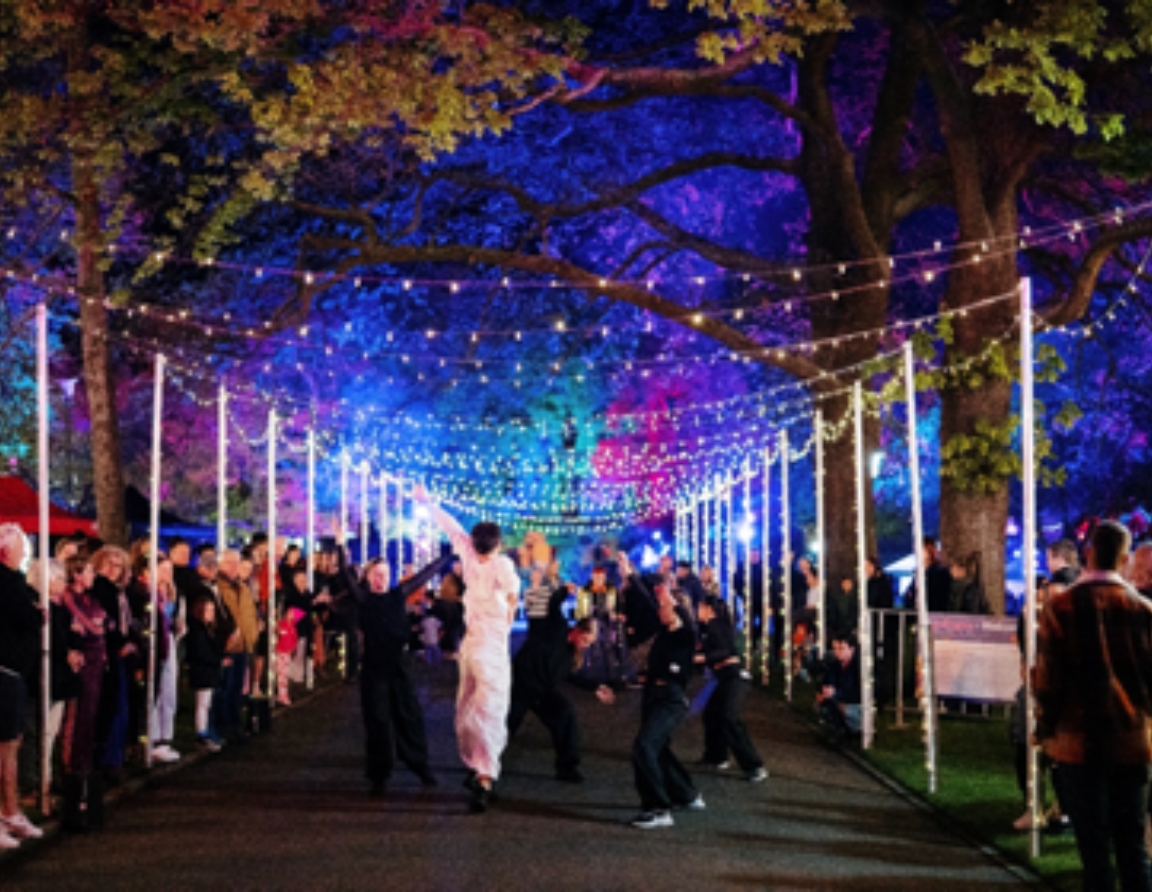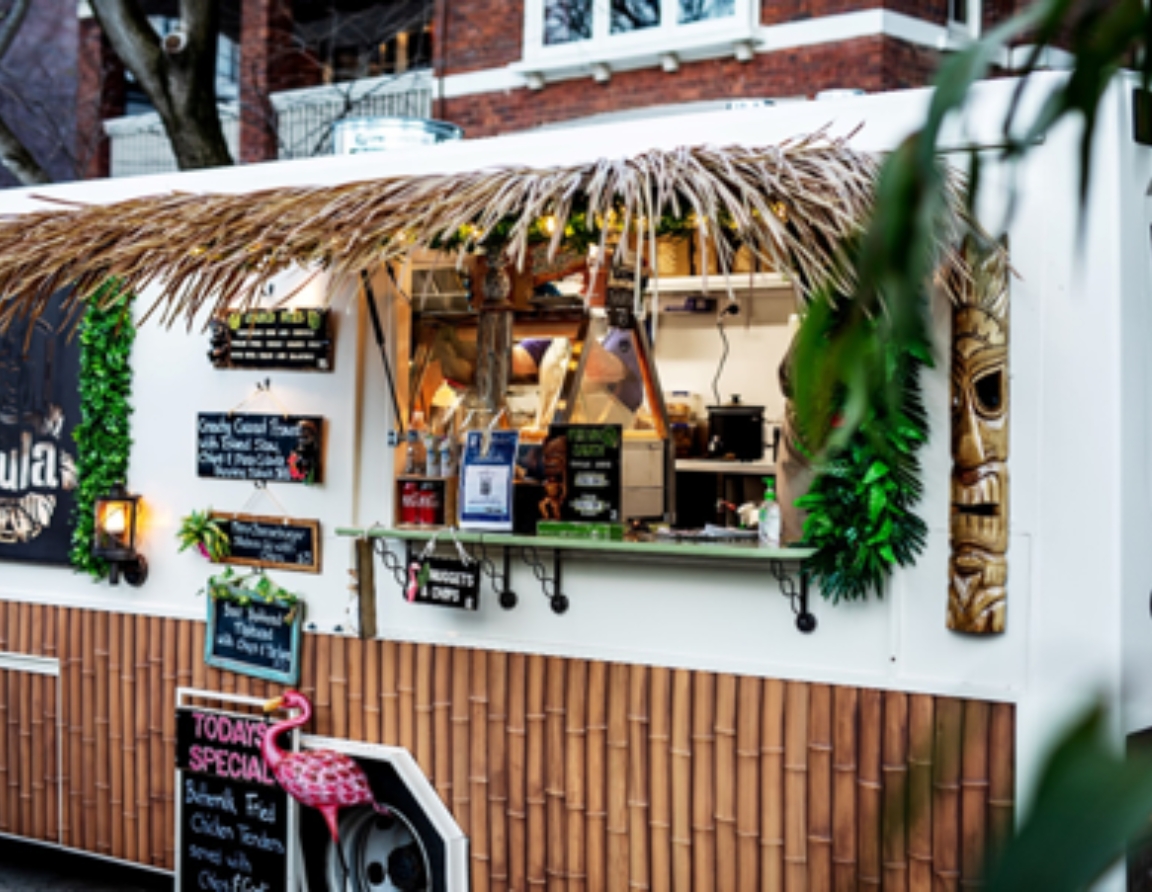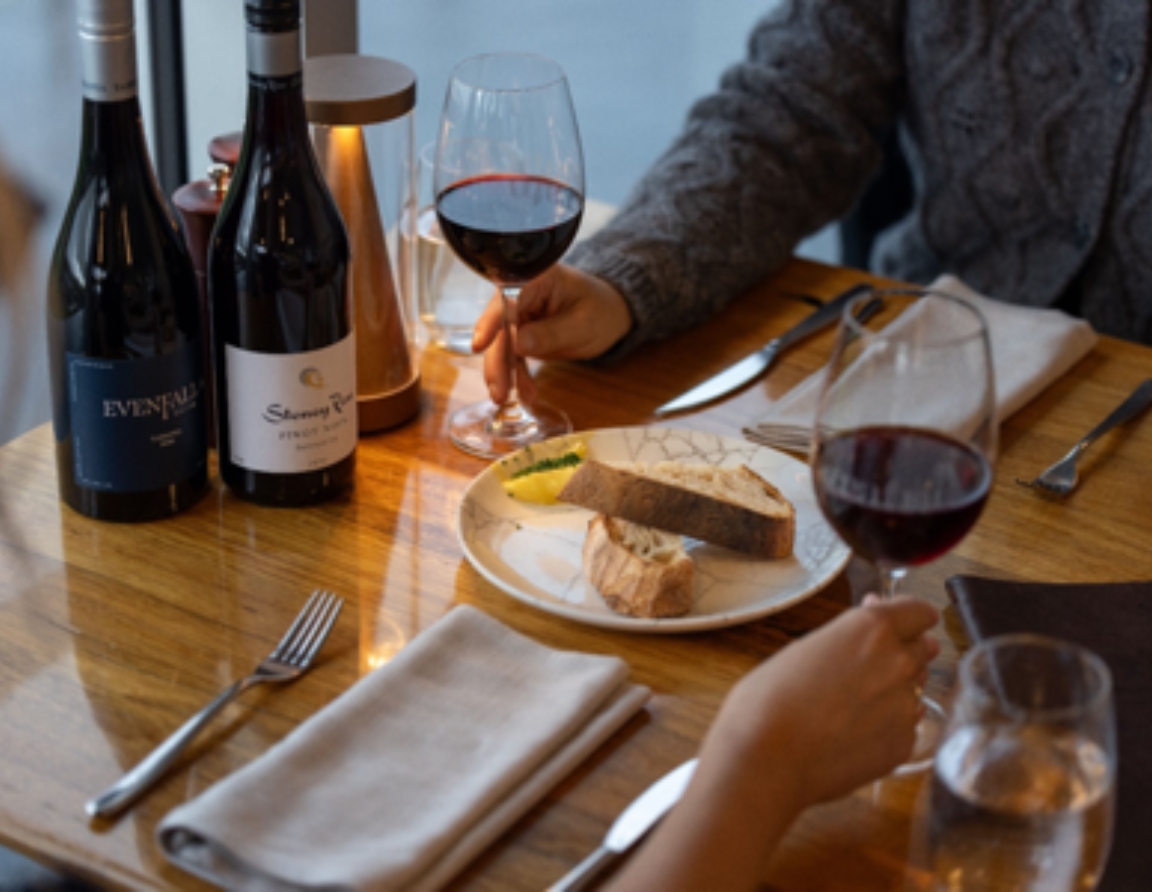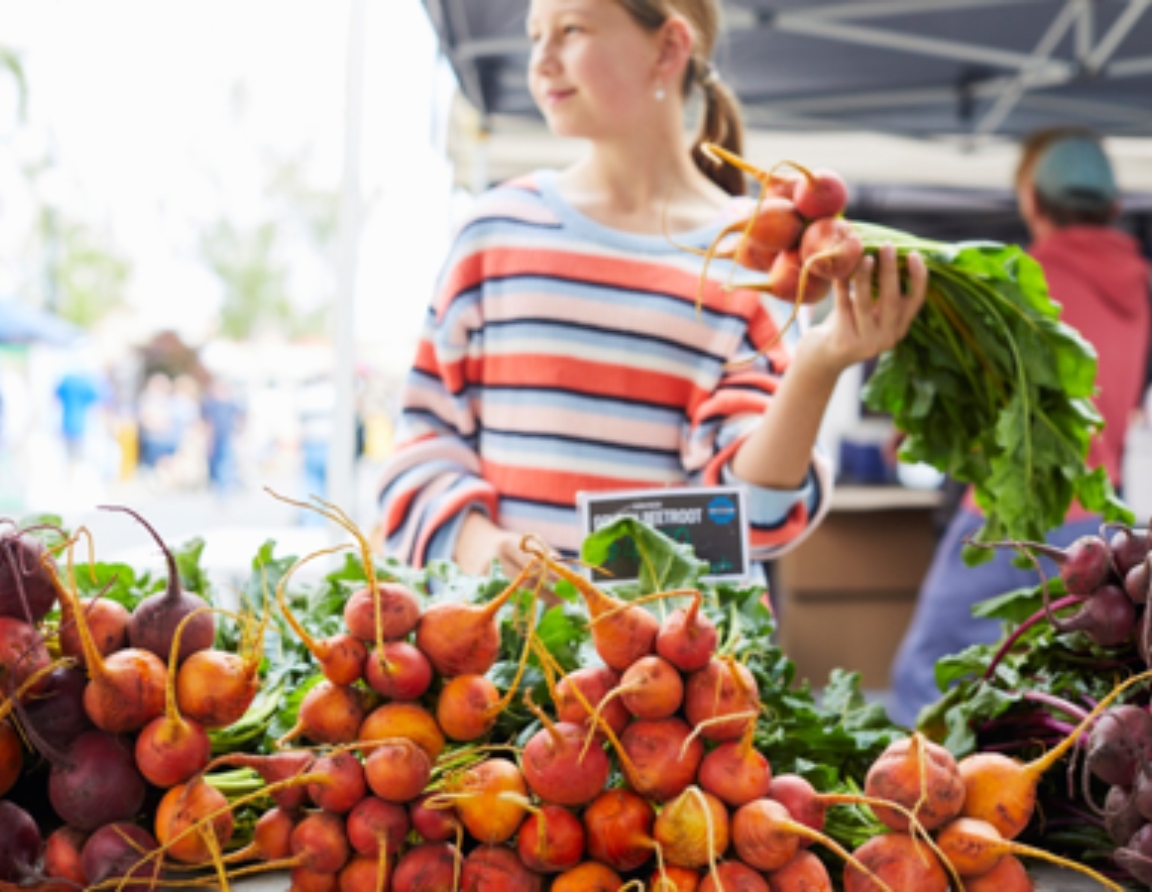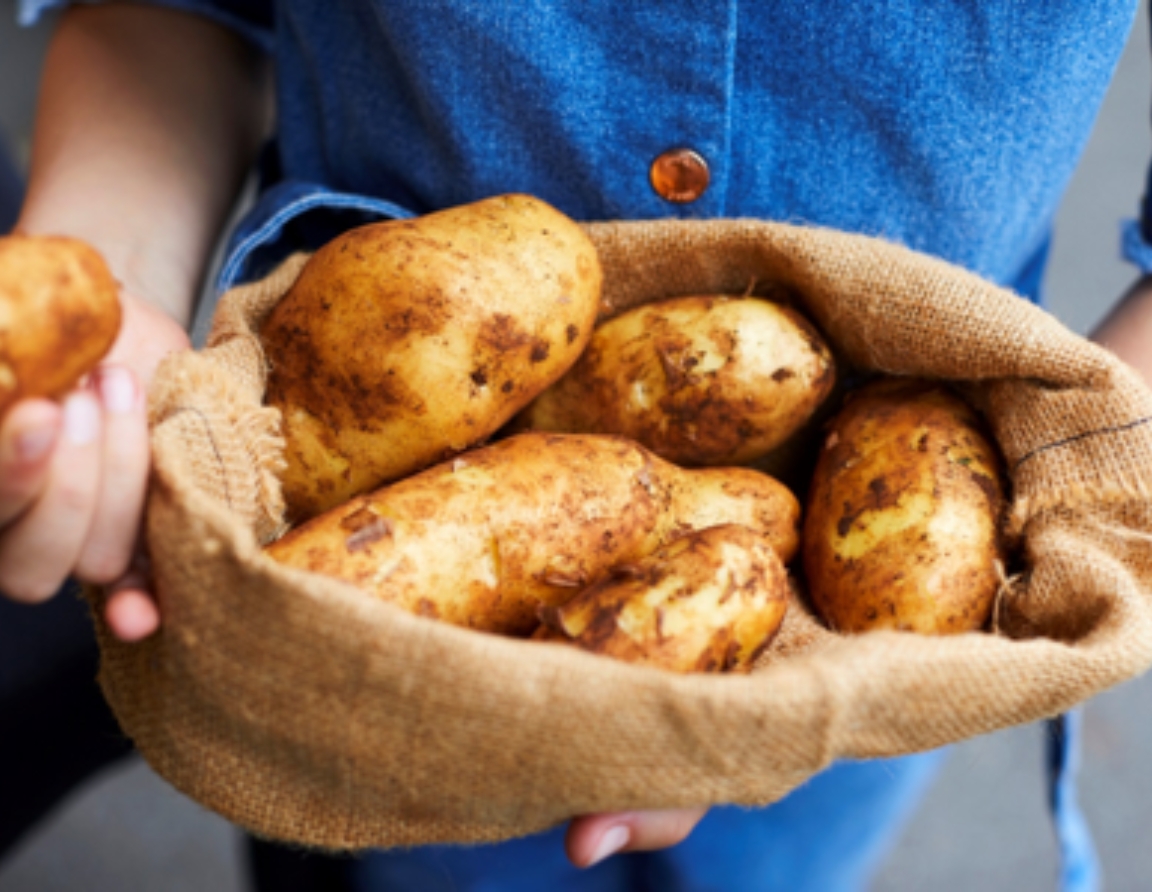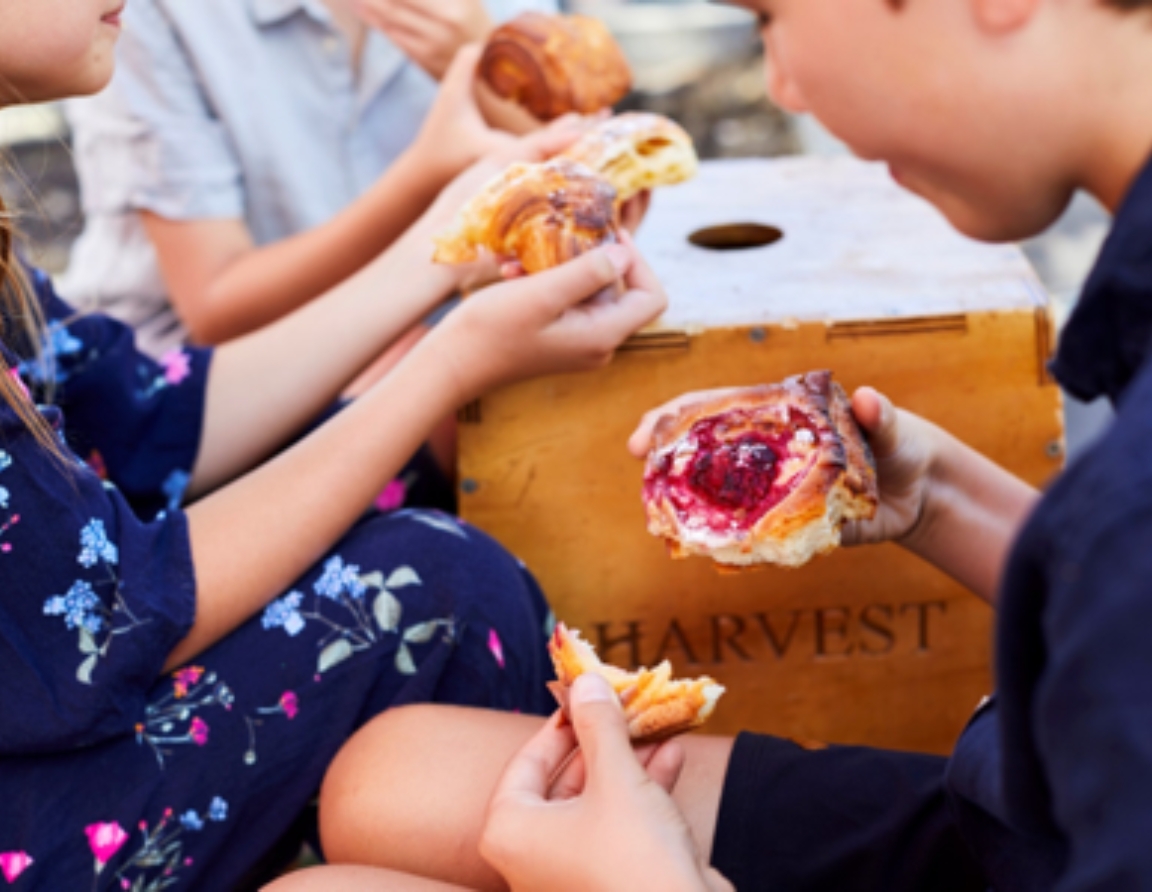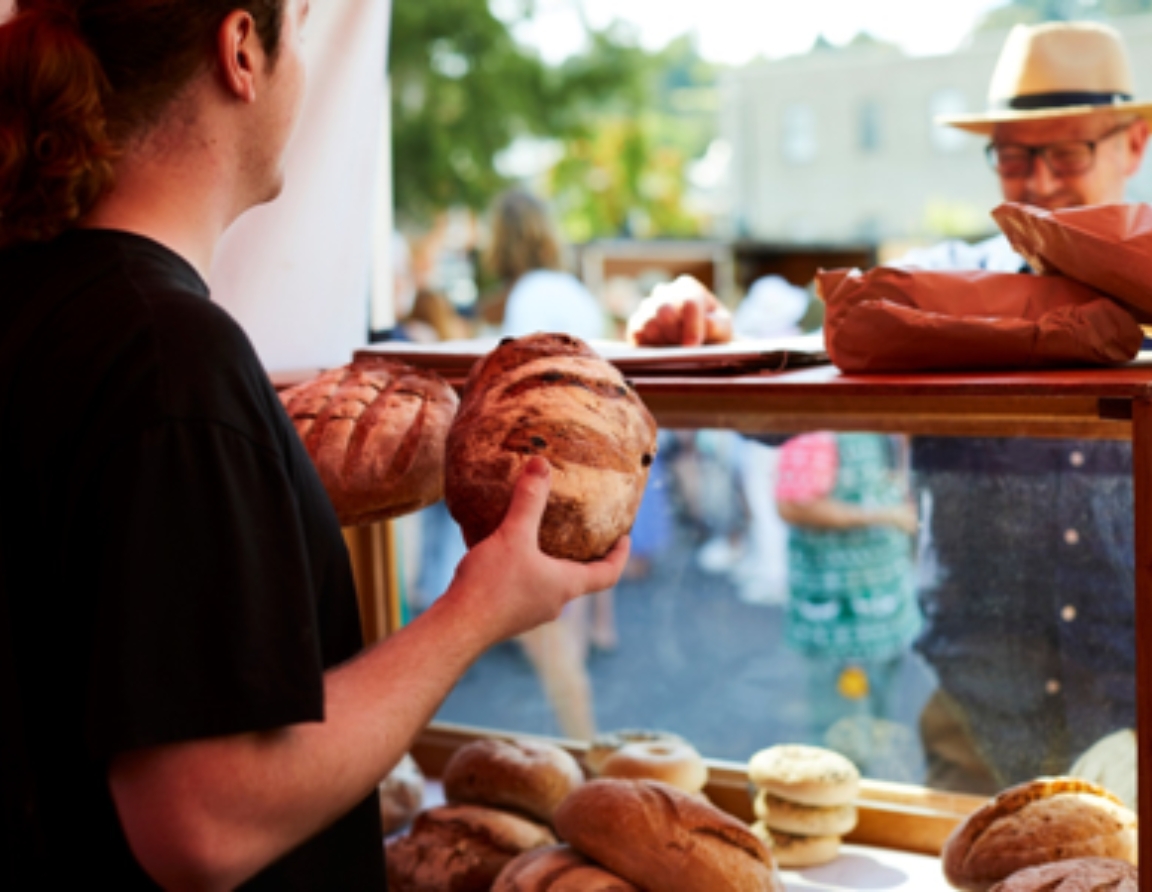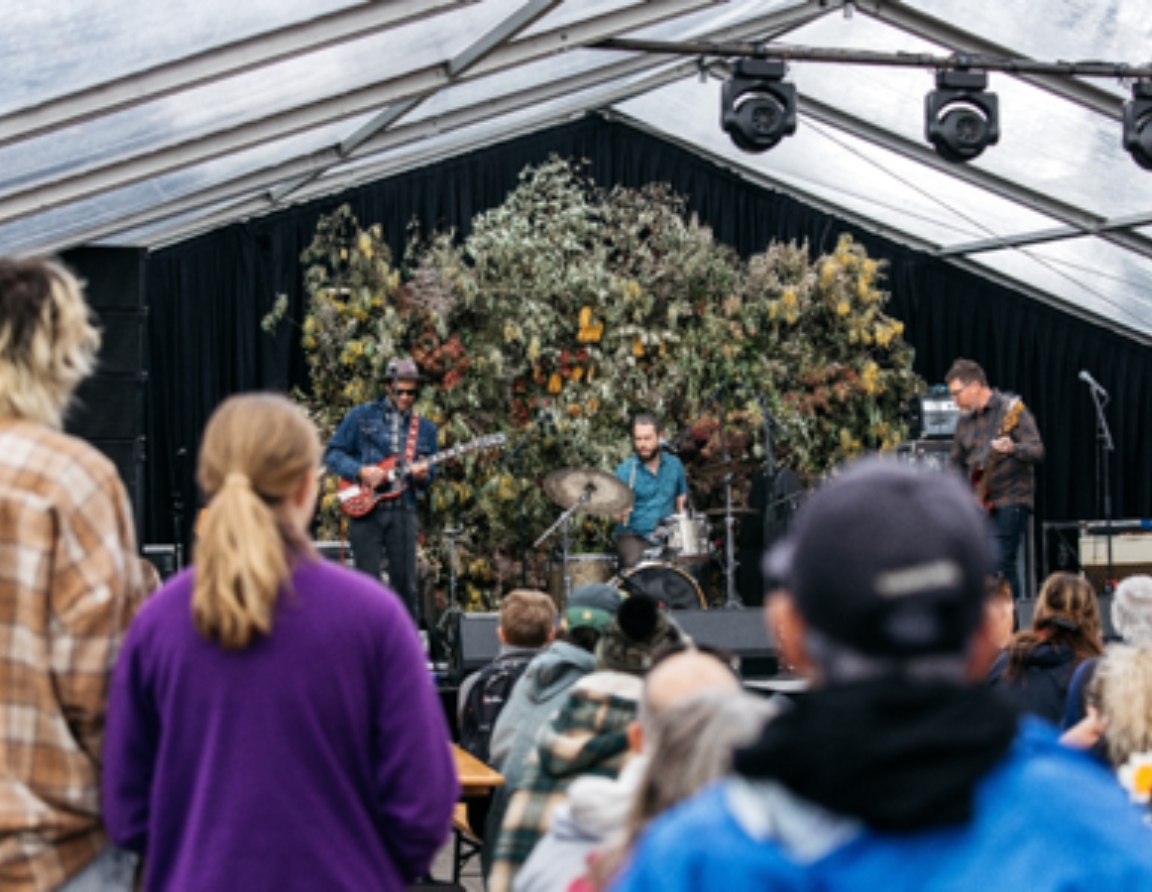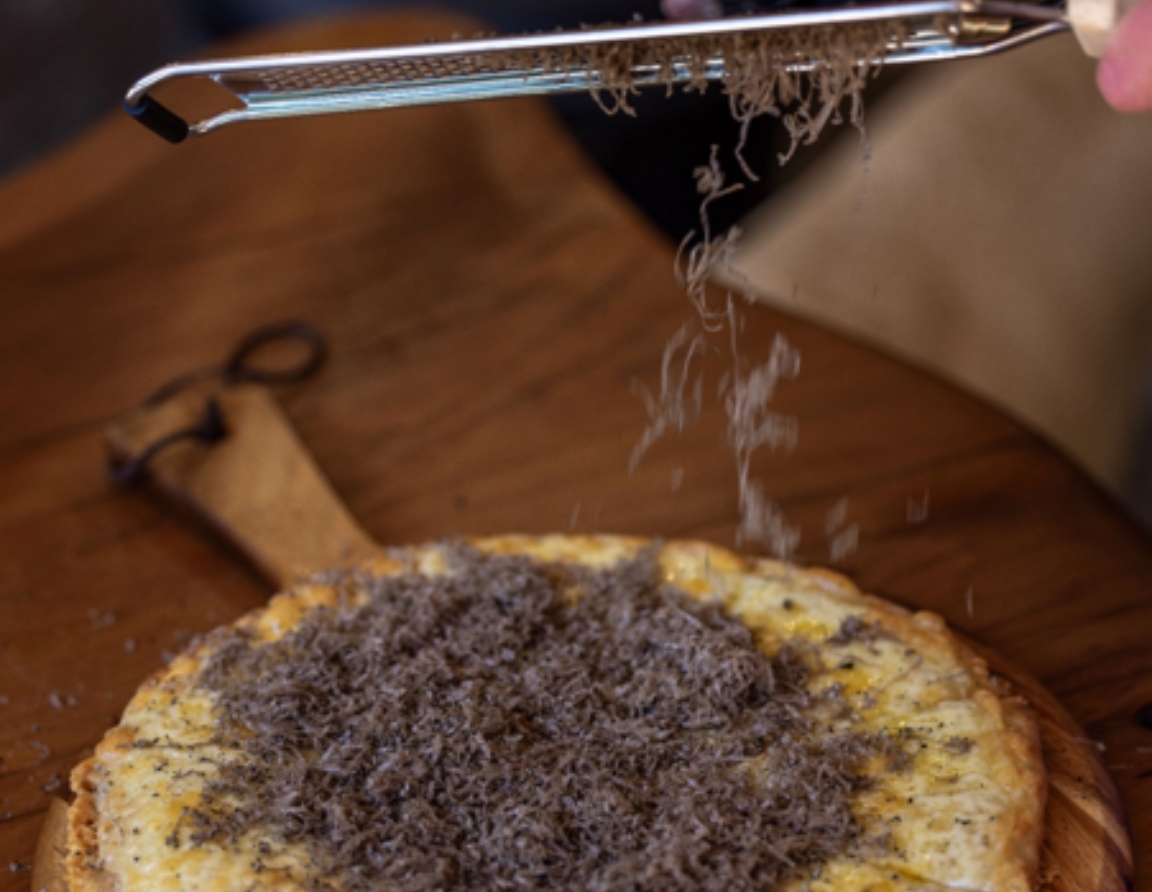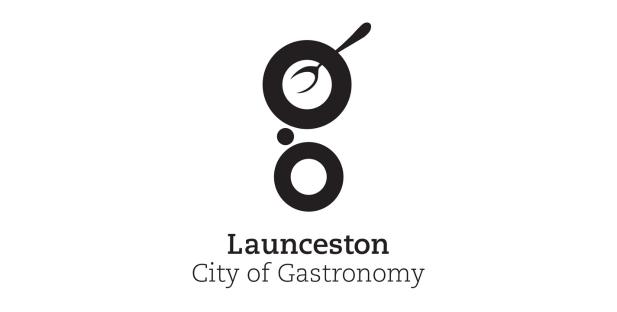
City
Launceston, Australia
Region
Oceania
Population
71,878
Restaurant & Food Establishments
N/A
Relevant facts.
Launceston is the second largest city of Australia’s island state, Tasmania, and is the third oldest city in Australia. Set on the banks of kanamaluka/Tamar river, the city and region is best known for its fertile soils and productive surrounding waters, incredible natural scenery, well preserved colonial architecture, much of Tasmania’s iconic produce, and renowned restaurants and farmers’ market. With the population reaching over 150,000 people, the Launceston region accounts for over a third of Tasmania’s annual agricultural output.
What makes the Creative Field of Gastronomy special?
Designated as a UNESCO Creative City of Gastronomy in 2021, the region lives and breathes the ‘paddock to plate’ philosophy, priding itself on the diversity and quality of local produce, and the entirety of the food system.
The city offers an incredible range of dining experiences, all woven around supporting local farmers, harvesters and makers. Whether it’s locally made beer, wine and spirits, local pub fare to fine dining, or coffee and baked goods, the locals of Launceston have mastered their crafts, delivering their experiences with creativity and passion.
Beyond produce and dining, the region is a hub for gastronomic innovation; from the University of Tasmania’s Tasmanian Institute of Agriculture, Tasmanian Farmers and Graziers Association, and the Tasmanian Agricultural Productivity Group, to the fermented food incubator at Legana, FermenTAS, and the largest freeze-drying operation in Australia, Forager foods, the region demonstrates growth, creativity and innovation in agriculture and research.
It’s the love of all things food that fosters connection and creativity, among our unique and growing community.
How is the designation is being managed?
The designation is being managed by the Northern Tasmanian Development Corporation, the regional development organisation for Northern Tasmania and its Gastronomy committee. Our designation covers and is supported by eight council areas; Break O’Day, Meander Valley, West Tamar, Northern Midlands, George Town, Dorset, Flinders and City of Launceston.
Gastronomy traditions.
While the city is one of Australia’s oldest, Launceston’s history is relatively young. The traditional custodians of the land, the palawa people, have been harvesting from the land and waters for tens of thousands of years. Their food incorporates a variety of indigenous meats, seafood, shoots, leaves, berries and flowers. The modern city offers a vibrant blend of cultures through the foods and flavours from many migrants who have established roots here. The agricultural landscapes surrounding the city produce a great variety of high-quality produce with over 60% of it sold off island. The indigenous and traditional ingredients of Tasmania continue to influence the contemporary gastronomy landscape.
Iconic local products.
Countless of our local producers have won many accolades for their incredible produce and products, with a variety of produce ranging from wine to dairy products, condiments, to meat and livestock, all gaining national, and even global recognition. Our iconic products are not limited to any specific produce, but include:
- Wine
With the Tamar Valley Wine Route at the core of the Launceston region, these cool climate wines have won many awards over the last decade such as best Chardonnay in the world and best Sparkling Wine/Champagne in the world at the London Decanter Wine Awards. - Beer
Boags Brewery has celebrated 145 years of operation at their Launceston brewery in the heart of the city, right beside the Tasmanian Flour Mills. These landmarks, alongside numerous silos and flour mills dotted around the city, speak to a great history of growing and making. - Spirits
A relative newcomer to the scene, the distilled spirits industry is growing and thriving, with whiskies achieving critical acclaim as some of the best in the world. Local gin, Three Cuts from Turner Stillhouse, won best in the world at the San Francisco Spirit Awards. - Cider
Tasmania had the moniker the ‘apple isle’ in early colonial times a provider of this beautiful fresh fruit in abundance, back to the UK during their winter. The offshoot of this of course was a burgeoning cider industry which is just undergoing a revival across the region. - Beef and Lamb
Legislation prohibiting the use of growth promotants, artificial hormones and antibiotics in our red meat production with exemplary animal husbandry and a focus on free range and grass-fed animals produces some of the best beef and lamb in the world. - Seafood
From the far NW tip of Tasmania we are blessed with the cleanest air in the world (Cape Grim international weather station) to some pristine oceans, wild seafood harvested and stewarded by multiple generations of fishing families with strict quotas ensures stocks of fin fish, rock lobsters, scallops, abalone and native oysters to name just a few will be there for generations to come. - Berries, cherries, apples and more
these cool climate fruits benefit from our long slow ripening season with demand for this fresh fruit from around the world. - Vegetables
Selling 60% of the vegetable produce grown here off island confirms our horticulture industry is thriving with farms now boasting up to 7 or 8 generations of families continuing to grow and help feed the nation. The organic sector continues to grow and innovate. Launceston’s vibrancy is very much tied to the agricultural sector wrapping around the city and throughout the region. - Dairy
With our dairy industry producing some of the best milk and cream products ensuring excellent cheese, butter and yoghurt we have the potential to grow this sector enormously as most of the milk is sold off as a powdered commodity. - Agritourism
While a thriving cellar door tourism culture was established over 3 decades ago and honesty boxes of fresh produce, apples, eggs and other produce for purchase are ubiquitous in the region, on farm agritourism offerings are still emerging but well received as high quality, authentic and helping build the respect for the farming community and what they provide beyond excellent produce.
Local stakeholders.
The stakeholders of Launceston City of Gastronomy include:
- restaurants, cafes and bars, THA, RCA,
- Wine Tasmania, Tas Distillers Assn and Cider Tasmania
- farmers and producers and peak bodies TFGA, Sprout
- farmers’ markets like Harvest Launceston Community Farmers’ Market (established in 2012 and won best farmers’ market in Aus four times)
- retailers of local produce including IGA, Hill Street, Alps and Amici, Young’s Veggie Shed,
- local governments, all local councils and suburb associations
- community gardens
- city and regional development and vibrancy organisations
- event organisers (as most embed local food culture into their celebrations)
- community organisations and community members
- Visit Northern Tasmania
- Tamar Valley Wine Route
- Visitors

